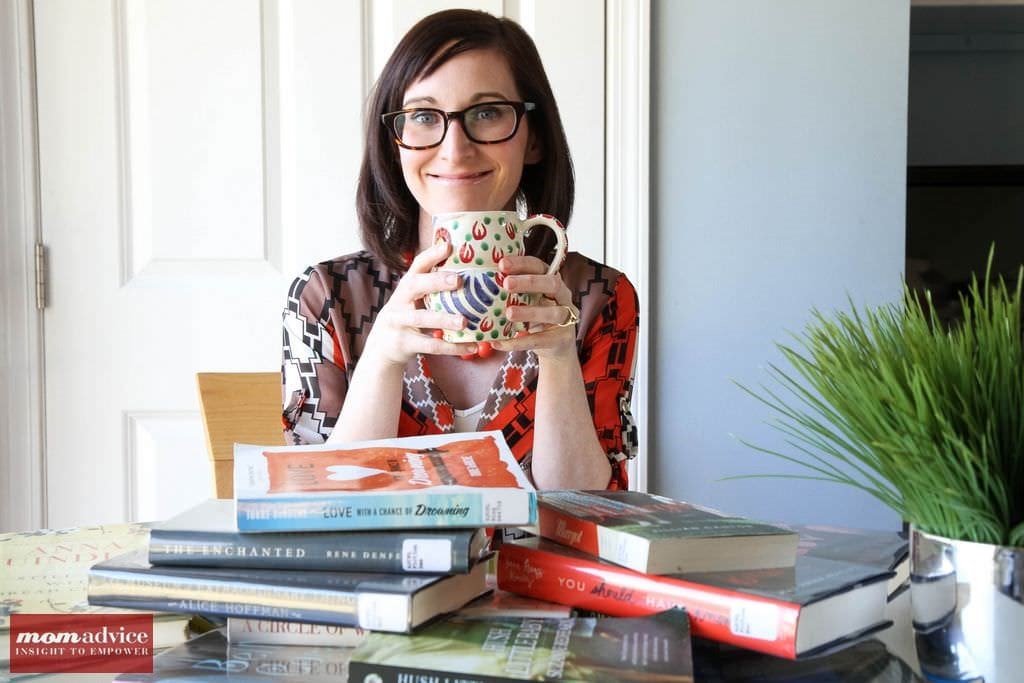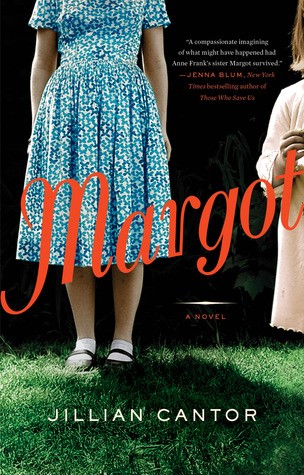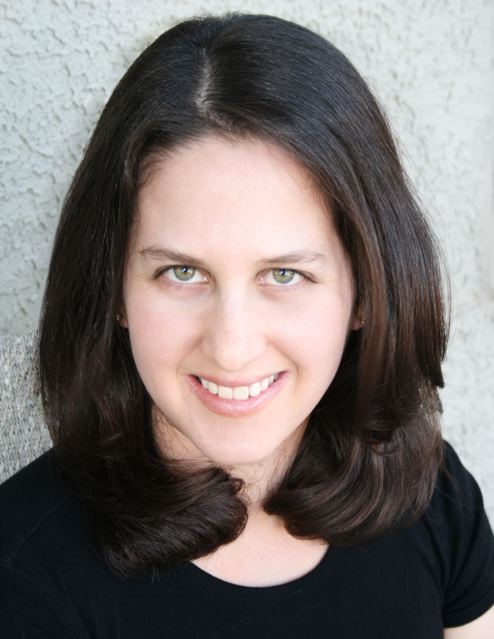
I am always so excited when I can feature beautiful books in our Sundays With Writers series. Today’s book, Margot by Jillian Cantor, explores a fictional account of what it would be like if Margot Frank, Anne Frank’s sister, actually lived and had to carry the secret of her escape.
In the spring of 1959, The Diary of Anne Frank has just come to the silver screen to great acclaim, and a young woman named Margie Franklin is working in Philadelphia as a secretary at a Jewish law firm. On the surface she lives a quiet life, but Margie has a secret: a life she once lived, a past and a religion she has denied, and a family and a country she left behind.

Margie Franklin is really Margot Frank, older sister of Anne, who did not die in Bergen-Belsen as reported, but who instead escaped the Nazis for America. But now, as her sister becomes a global icon, Margie’s carefully constructed American life begins to fall apart. A new relationship threatens to overtake the young love that sustained her during the war, and her past and present begin to collide. Margie is forced to come to terms with Margot, with the people she loved, and with a life swept up into the course of history.
I was captivated by the premise of this book and it brought to light some things that I had not thought of for those that did escape the Nazis. We witness a very real reaction to the post-traumatic stress that one would suffer if they escaped and what it would be like to live day-to-day with a number from a concentration camp tattooed on your arm.
When I finished this book, I just knew that I needed to interview Jillian and learn more about what moved her to create this fictional life for Margot and how she developed an entirely fictional concept while staying true to the life of Anne Frank’s family and history.
Grab your coffee and let’s sit down this Sunday with Jillian and talk about her amazing book, “Margot.”

One of my favorite writers is Melanie Benjamin because she always finds some of the most unique historical characters and builds a story around them in a fresh way. The story of Margot Frank reminded me of a character she might pick. What made it truly exceptional though is that you created a storyline around someone who had passed away without her story really being told. Do you think it was harder to build a storyline when the character was, in fact, deceased?
The real Margot Frank died in Bergen-Belsen with her sister, Anne, in 1945. But in my novel, my fictional Margot escapes from the Nazis and moves to America to begin a new life. My novel takes place largely in 1959, the year when the movie version of Anne’s diary came out in the US — fourteen years after the real Margot Frank died. My fictional Margot has changed her name to Margie Franklin and she lives in Philadelphia where she works as a legal secretary. As a writer of fiction, I think it was somewhat easier to write about Margot Frank in this capacity because my Margie Franklin truly is a fictional character. At the same time, I wanted to make sure to stay to true to what I believed the real Margot Frank might have or could’ve become if this had actually happened, so it was a little tricky to try to strike the balance between the truth and fiction.
The fact that Margie hides her tattoo with the number she was issued by the Nazis is a very important element to her story. We discover that Margie always keeps her arms covered, even in the stifling heat of summer, so no one will know her secret. Did you read of others who hid this and how did this inspire you?
I didn’t read anything specific about anyone hiding a tattoo with a sweater, though, I did read about Jews who moved to the US after the war and changed their identities in one capacity or another. I also read that some people had their tattoos removed once they moved to the United States, and I thought a lot about this with my character of Margie. Even though she didn’t want anyone to see her tattoo, I also couldn’t see her having it removed. Margie’s tattoo is so visible and so permanent, and yet it is undeniably such a part of her and her history.
Margie is clearly suffering from some severe post-traumatic stress and we witness this when she visits the Rabbi, when the car backfires, and when anyone tries to get close to her. What type of research did you do to prepare for these moments for Margie?
I didn’t specifically read up on PTSD while I was writing. I’ve read a lot in the past about post-traumatic stress, especially in soldiers, so I had an idea of what PTSD was, and I’ve experienced it in small ways in my own life. Shortly before I started writing MARGOT, Gabrielle Giffords was shot in a shopping center near me, and six people were killed – I was in the shopping center at the time, though very luckily I was not involved or hurt. For weeks afterwards I was nervous and jumpy every time I left the house. For Margie, I felt that the small bit of fear and anxiety I felt would be enormously magnified, and that living through such a horrific time and losing her family is something that would stay with her forever. As I wrote, I tried to put myself in Margie’s shoes, to think about how I would’ve reacted in those situations after living through such horrors.
As children, many of us read or watched the movie of The Diary of Anne Frank. Was this something that you remember from your own childhood and was it a story that always stuck with you?
I read the The Diary of a Young Girl in seventh grade, and it did always stick with me. I felt connected to Anne at the time – I was about her age when I read it, Jewish, and I wanted to be a writer. What I didn’t remember, years later, was that Anne had an older sister, Margot. When I picked up the book again in my 30s to reread it, I noticed Margot but I had no memory of her from my earlier reading. I tried to do some research about her, and I found very little. But I did find that Margot Frank had kept her own diary (though hers was never recovered after the war). I grew up the older of two sisters myself, and I started to think about what Margot’s story might have been and how her point of view might have been different than Anne’s. I started to think about Anne and Margot as sisters, and that was the starting point for this novel for me.
Is this your first historical fiction piece you have written and do you plan to write more? What other historical fiction characters would you love to write about?
This is my first historical fiction novel, but I have another one coming out some time next year. My next historical novel revolves around Ethel and Julius Rosenberg. It’s told from the point of view of a fictional neighbor who befriends Ethel and becomes caught up in everything surrounding her arrest, trial, and execution. It’s very much a book about friendship, and mothers and sons, but there’s also spy intrigue and a love story.
If you could tell anyone to read one book (other than your own) what would that book be?
That’s a tough question! I don’t know that I can pick just one book. But my favorite author is Anna Quindlen. I read Black and Blue years ago and it has always stayed with me. Every time she has a new book out, I buy it right away!
*This series may contain affiliate links!
Pin It